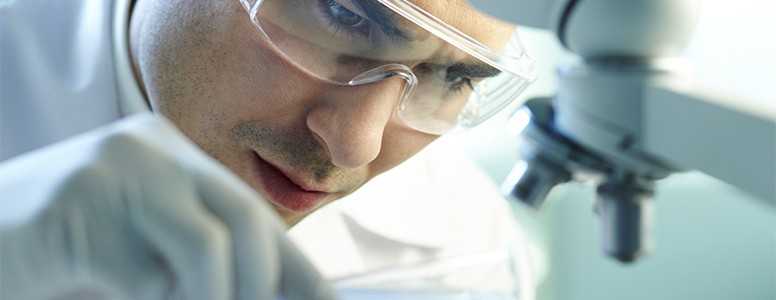People with type 1 diabetes who were diagnosed after the age of seven have “dormant” insulin cells which could potentially be reawakened, according to new research.
The study, which was conducted by researchers at the University of Exeter, found that people diagnosed before the age of seven had a “more aggressive” form of type 1 diabetes, which destroys all or most of their insulin producing capabilities.
“Dormant” insulin cells: a new possibility for type 1 diabetes treatment?
However, contrary to popular belief, the study found that people diagnosed after the age of seven have dormant insulin-producing cells. These cells, if reawakened, could regenerate insulin production.
The research could apply to as many as 400,000 people in Britain with type 1 diabetes.
“This is incredibly exciting, and could open the doors to new treatments for young people who develop diabetes,” said Professor Noel Morga, of the University of Exeter Medical School.
“It was previously thought that teenagers with type 1 diabetes had lost around 90 per cent of their beta cells but, by looking in their pancreas, we have discovered that this is not true.
“In fact, those diagnosed in their teens still have many beta cells left – this suggests that the cells are dormant, but not dead. If we can find a way to reactivate these cells so that they resume insulin release, we may be able to slow or even reverse the progression of [type 1 diabetes].”
How was the study conducted?
Researchers at the University of Exeter collaborated with the University of Oslo to examine around 400 pancreas samples from people with type 1 diabetes. They found that children diagnosed at a younger age – six years or under – had a “more aggressive” form of the condition. When children of this age are diagnosed, a condition called insulitis kills of most of their insulin-producing beta cells.
But when people are diagnosed at a more advanced age – particularly as teenagers – they can retain up to 50 per cent of their beta cells. However, even those cells that survive stop working. It is this that interests the researchers, who believe that it may be possible to switch these sleeping insulin cells back on.
Developing the research
However, right now the researchers have no idea how these cells might be switched back o, but even discovering that it might be possible is a significant breakthrough. Professor Morgan is confident that it will one day be discovered.
“Quite simply, and sadly, I don’t know [how to reactivate the cells],” he said. “However there is evidence that this can happen when the [cells] are kept outside the body for a few days, so understanding how to achieve this is not a complete pipe dream.”
Co-author Sarah Richardso, of the University of Exeter Medical School, explained the process of developing the research: “For trials to be effective, we have to understand the underlying causes of the disease. Our next step is to investigate why diabetes progresses differently in younger and older children, with a view to understanding how we could treat both groups more effectively.”
The findings are published online in the journal Diabetes.
What's new on the forum? ⭐️
Get our free newsletters
Stay up to date with the latest news, research and breakthroughs.






